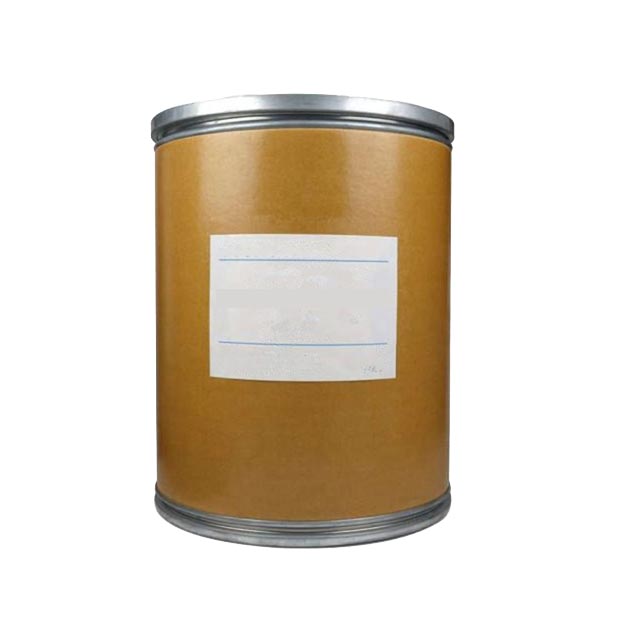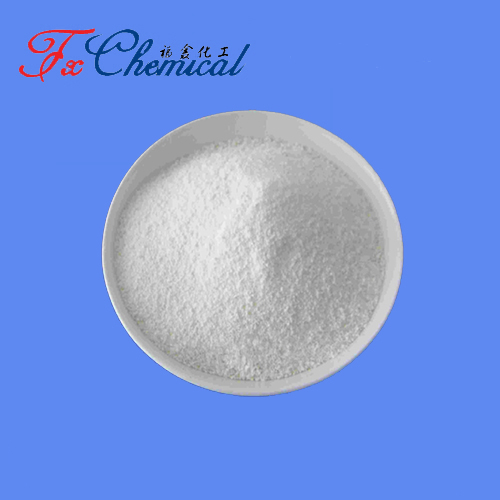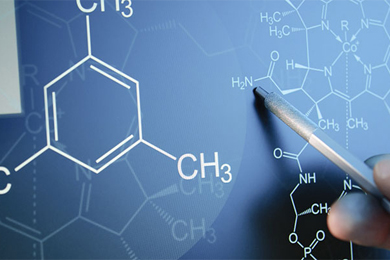
Search

Search



Giemsa stain is a type of histological stain primarily used in cytogenetics and hematology to visualize cells and tissue samples under a microscope. It is a mixture of several dyes, including eosin, azure B, and methylene blue. Giemsa stain is commonly used for:
Blood smears: To examine blood cells and diagnose blood disorders, such as anemia, leukemia, and malaria.
Chromosome analysis: It is used in the preparation of G-banded chromosomes for karyotyping, which helps in identifying chromosomal abnormalities.
Parasite identification: Giemsa stain is often used in parasitology to identify the presence of parasites like Plasmodium (the causative agent of malaria) in blood samples.
Giemsa stain has a broad range of applications, particularly in fields like cytology, hematology, and microbiology. Below are some of the key applications:
Diagnosis of Blood Disorders: Giemsa stain is widely used to examine peripheral blood smears to identify and diagnose blood disorders like anemia, leukemia, and sickle cell disease.
Morphology of Blood Cells: It helps visualize different types of blood cells (red blood cells, white blood cells, and platelets), their morphology, and abnormalities in their structure or number.
White Blood Cell Differential Count: It is used to differentiate various types of white blood cells (e.g., neutrophils, lymphocytes, monocytes, eosinophils, and basophils).
Parasite Identification: Giemsa stain is crucial in the identification of Plasmodium species (the parasite responsible for malaria) in blood samples. The different stages of the parasite (trophozoites, schizonts, and gametocytes) can be clearly observed under the microscope after staining.
Quantification of Parasitemia: The stain allows for quantification of the number of Plasmodium parasites in the blood, which helps in determining the severity of malaria.
Karyotyping and Cytogenetics: Giemsa stain is commonly used for G-banding of chromosomes. In this procedure, chromosomes are treated with Giemsa dye to produce distinct light and dark bands, which are characteristic for each chromosome. This technique is used for:
Detection of Chromosomal Abnormalities: Such as deletions, duplications, translocations, and inversions, which are associated with genetic disorders (e.g., Down syndrome, Turner syndrome).
Genetic Mapping and Diagnosis: Helps in genetic studies and diagnosis of inherited disorders.
Bacterial Infections: Giemsa stain can be used to identify certain bacteria, such as those in the genus Chlamydia, by staining their intracellular inclusion bodies.
Fungal Infections: It can also be used to highlight the presence of some fungal organisms, although it is not as specific for fungi as other stains (e.g., Gomori methenamine silver or PAS).
Leishmaniasis: Giemsa stain is used to identify Leishmania parasites in tissue samples, particularly in skin lesions or biopsies, which is critical for diagnosing visceral or cutaneous leishmaniasis.
Trypanosomiasis: It can also aid in the diagnosis of African sleeping sickness (caused by Trypanosoma brucei) or Chagas disease (caused by Trypanosoma cruzi) by visualizing the parasites in blood or tissue samples.
Cancer Diagnosis: Giemsa stain may be applied to cytological specimens (e.g., fine needle aspirates from tumors) to help identify abnormal or malignant cells. It is particularly useful in identifying the nature of certain cancers like lymphomas or leukemias.
Parasites and Protozoa: It is used to identify protozoan parasites like Leishmania, Toxoplasma, and Trichomonas in clinical samples.
Infectious Disease Research: It is employed in research settings to study the morphology of microorganisms, aiding in the understanding of their lifecycle and pathogenesis.
Tissue Section Staining: Giemsa stain can be used on tissue sections to highlight cell morphology, which is helpful in diagnosing diseases and conditions at the cellular level, including neoplasms, infections, and inflammatory conditions.
Blood and bone marrow smears for blood cell morphology and differentiation.
Malaria diagnosis by identifying Plasmodium species in blood.
Chromosome banding (G-banding) for cytogenetic analysis.
Detection of microorganisms, including Leishmania, Chlamydia, and Trypanosoma.
Cancer diagnostics in cytology and tissue sections.
Identification of protozoan and parasitic infections in clinical and research settings.
Overall, Giemsa stain is invaluable in both clinical diagnostics and laboratory research due to its ability to highlight cellular details and microbial organisms with high clarity.

Fortunachem Provides Not Only Professional Chemical Products But Also Professional Help
Keeping you up-to-date with all the latest information, news, and events about Fortunachem!

Quick Links
Add:
E-mail:
 English
English  Español
Español  français
français  العربية
العربية 

-(-)-10-Camphorsulfonic_acid主图.jpg)




